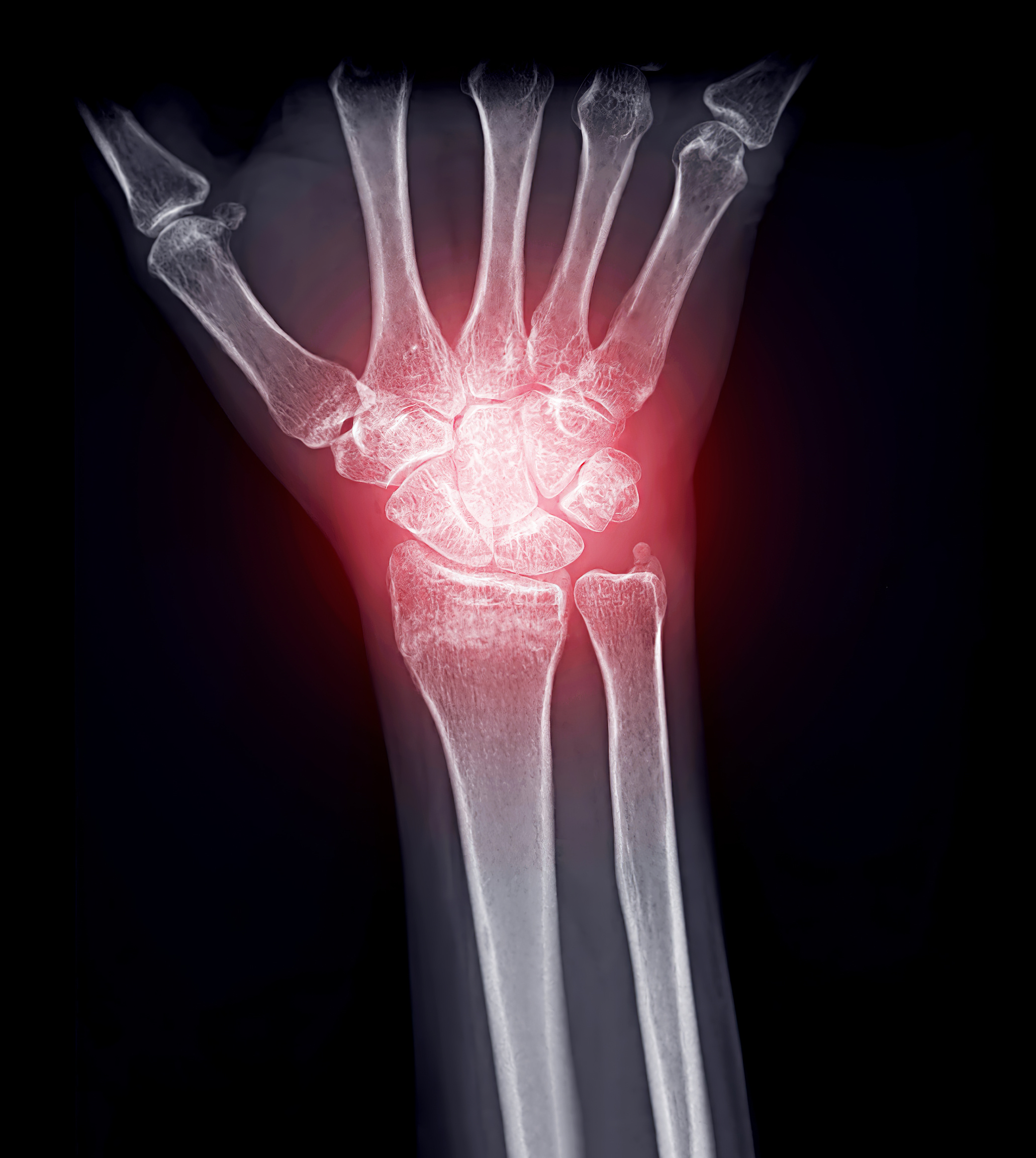
According to a press release from the American College of Rheumatology (ACR), patients with acute calcium pyrophosphate deposition disease may have a twofold risk of experiencing fractures. Previous studies have indicated that low bone density and increased osteoclast formation caused by loss of osteoprotegerin function may be linked to calcium pyrophosphate deposition. In a study presented by Tedeschi et al at ACR Convergence 2023, investigators analyzed the electronic health record data of over 1,100 patients who had one or more episodes of acute calcium pyrophosphate crystal arthritis from 1991 to 2017 and over 3,000 controls. The primary outcome was the first fragility fracture at the humerus, wrist, hip, or pelvis. The investigators discovered that patients with acute calcium pyrophosphate crystal arthritis had a higher risk of fracture (11.2 per 1,000 person-years) compared with controls (5.6 per 1,000 person-years). Although the new findings were expected, the magnitude of the differences in the risk of fracture had not been anticipated and suggested significant preexisting disparities in bone health between the two groups. “At a minimum, we hope that clinicians consider assessing bone mineral density in patients with [calcium pyrophosphate deposition disease] to determine if osteoporosis treatment is needed,” concluded lead study author Sara Tedeschi, MD, MPH, a rheumatologist at Brigham and Women’s Hospital.